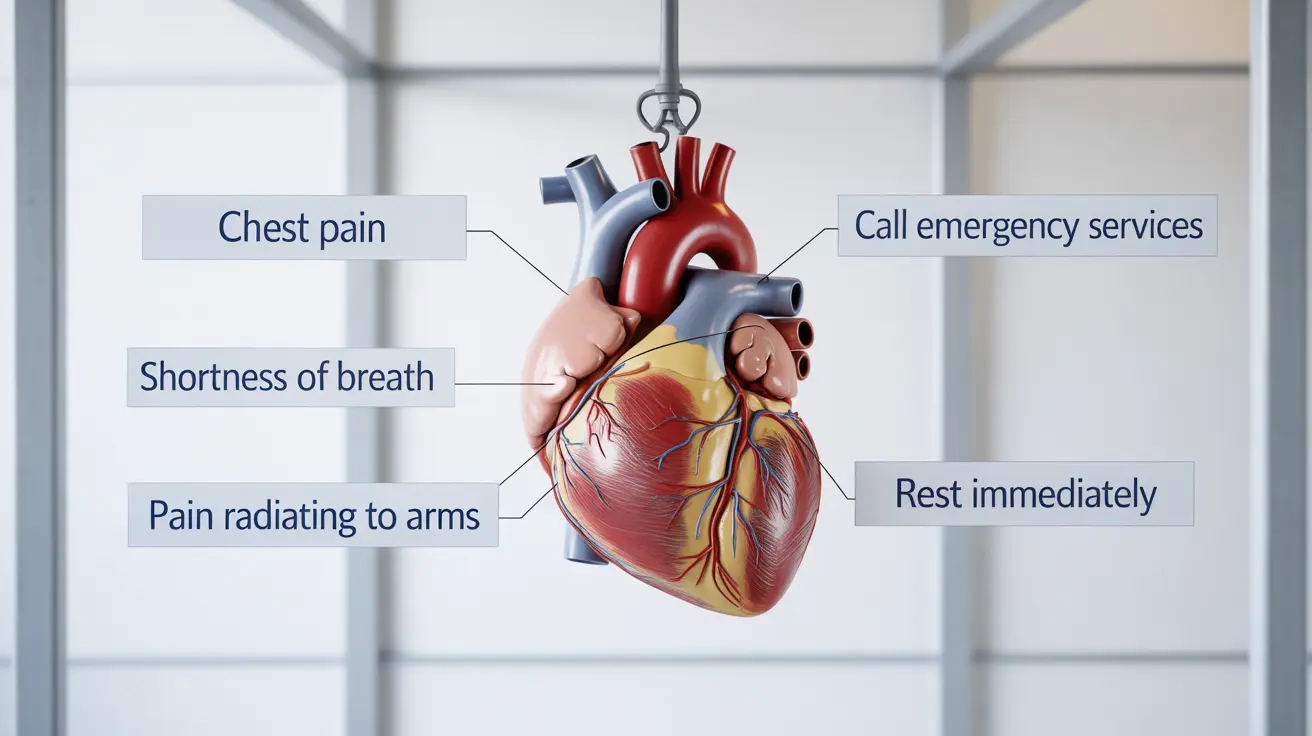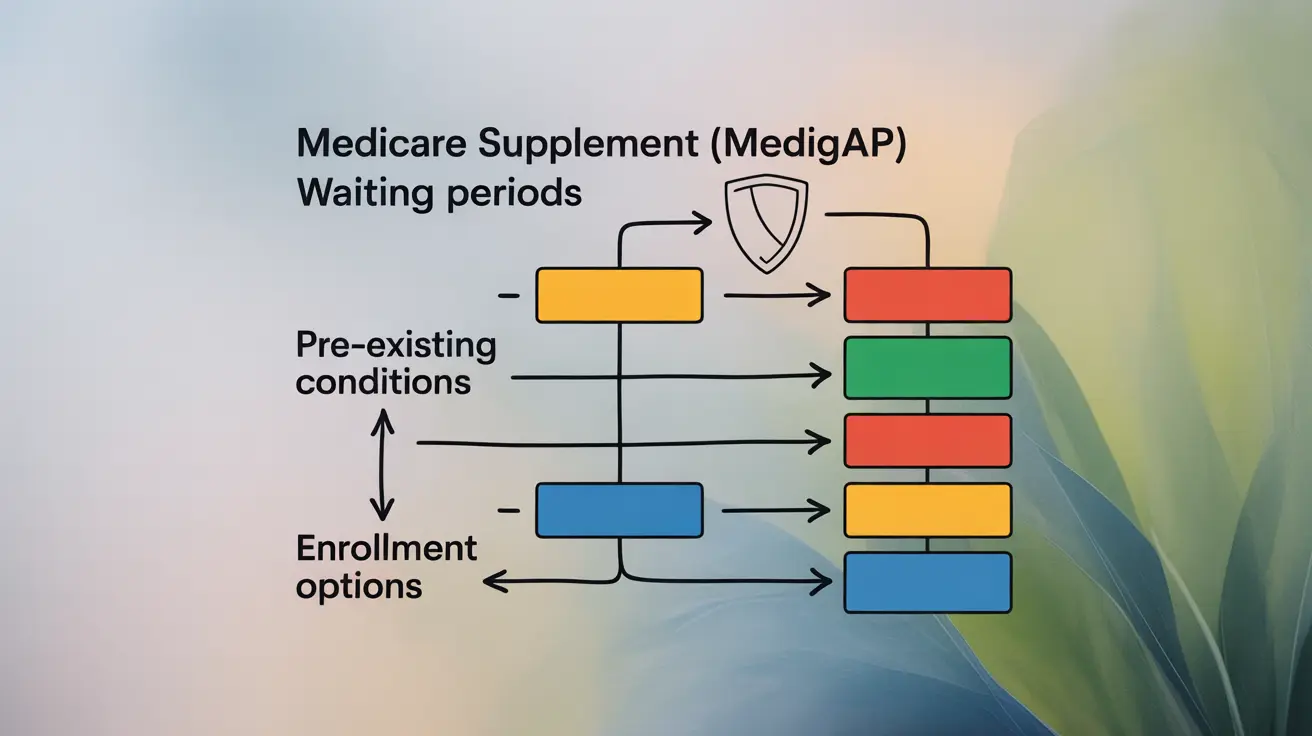An incentive spirometer is a crucial medical device that can significantly impact your lung health and recovery. Whether you're recuperating from surgery or managing a chronic lung condition like pneumonia or COPD, understanding how to use this tool effectively can make a substantial difference in your respiratory well-being. In this comprehensive guide, we'll explore the purpose, benefits, and proper techniques for using an incentive spirometer to enhance your lung function and overall health.
What is an Incentive Spirometer?
An incentive spirometer is a portable, plastic breathing exercise apparatus designed to help patients take slow, deep breaths. This simple yet effective device plays a vital role in maintaining and improving lung function, especially for those recovering from surgery or dealing with respiratory conditions.
Purpose and Benefits of Using an Incentive Spirometer
The primary purpose of an incentive spirometer is to encourage patients to perform controlled, deep breathing exercises. This practice offers several key benefits:
- Prevents postoperative pulmonary complications
- Improves lung capacity and function
- Strengthens respiratory muscles
- Helps clear mucus from the airways
- Reduces the risk of pneumonia and atelectasis (collapsed air sacs in the lungs)
For patients with chronic obstructive pulmonary disease (COPD) or recovering from pneumonia, regular use of an incentive spirometer can be particularly beneficial in managing symptoms and improving overall lung health.
How to Use an Incentive Spirometer Correctly
Using an incentive spirometer properly is crucial for maximizing its benefits. Follow these step-by-step instructions to ensure you're using the device correctly:
- Sit upright in a comfortable position, holding the spirometer at eye level.
- Place the mouthpiece in your mouth, creating a tight seal with your lips.
- Exhale normally, then inhale slowly and deeply through the mouthpiece.
- As you inhale, watch the indicator (usually a ball or piston) rise in the chamber.
- Aim to raise the indicator to the level set by your healthcare provider.
- Hold your breath for 3-5 seconds after inhaling.
- Exhale slowly and rest for a few seconds before repeating.
Repeat this process 10-15 times every 1-2 hours while awake, or as recommended by your healthcare provider. Consistency is key to seeing improvements in your lung function.
Tips for Effective Use
To enhance your experience and results with the incentive spirometer:
- Maintain good posture while using the device
- If you've had abdominal or chest surgery, hold a pillow against your incision for support and comfort
- Focus on slow, steady inhalations to keep the indicator in the "best" or target range
- If you feel dizzy or lightheaded, stop and take normal breaths before continuing
- Clean your spirometer regularly according to the manufacturer's instructions
Using an Incentive Spirometer for Specific Conditions
Incentive Spirometer for COPD
For patients with COPD, an incentive spirometer can be a valuable tool in managing symptoms and improving lung function. Regular use can help:
- Strengthen respiratory muscles
- Improve breathing efficiency
- Reduce shortness of breath
- Enhance the effectiveness of other COPD treatments
If you have COPD, consult with your healthcare provider to determine the most appropriate frequency and intensity of spirometer use for your condition.
Post-Surgery Lung Recovery
After surgery, especially abdominal or chest procedures, using an incentive spirometer is crucial for preventing complications and promoting faster recovery. It helps:
- Prevent the accumulation of fluid in the lungs
- Reduce the risk of pneumonia
- Improve oxygenation of the blood
- Speed up the return to normal lung function
Your healthcare team will provide specific instructions on when to start using the spirometer and how often to perform the exercises based on your individual recovery needs.
Frequently Asked Questions
How do I use an incentive spirometer correctly to improve my lung function after surgery or illness?
To use an incentive spirometer correctly, sit upright, exhale normally, then inhale slowly through the mouthpiece, aiming to raise the indicator to your target level. Hold your breath for 3-5 seconds, then exhale slowly. Repeat 10-15 times every 1-2 hours while awake, or as directed by your healthcare provider.
What are the benefits of using an incentive spirometer for patients with lung conditions like pneumonia or COPD?
For patients with pneumonia or COPD, using an incentive spirometer can help improve lung capacity, strengthen respiratory muscles, clear mucus from airways, and enhance overall breathing efficiency. It's an effective tool for managing symptoms and supporting lung health in these conditions.
Can an incentive spirometer help prevent postoperative complications such as pneumonia, and if so, how often should I use it?
Yes, an incentive spirometer can help prevent postoperative complications like pneumonia by promoting deep breathing and lung expansion. Typically, you should use it 10-15 times every 1-2 hours while awake after surgery, but always follow your healthcare provider's specific recommendations for frequency and duration.
What are some tips for using an incentive spirometer safely and effectively if I have recently had abdominal or chest surgery?
If you've had abdominal or chest surgery, hold a pillow firmly against your incision for support while using the spirometer. Maintain good posture, focus on slow, steady breaths, and stop if you experience pain or dizziness. Start with shorter sessions and gradually increase as tolerated, always following your surgeon's guidelines.
How can regular use of an incentive spirometer improve my overall lung health and recovery from respiratory issues?
Regular use of an incentive spirometer improves overall lung health by increasing lung capacity, strengthening respiratory muscles, and promoting better oxygen exchange. This aids in faster recovery from respiratory issues, reduces the risk of complications, and enhances your body's ability to clear secretions, ultimately leading to improved breathing and overall respiratory function.
By incorporating the incentive spirometer into your daily routine as directed, you're taking an active role in your lung health and recovery. Remember, consistency and proper technique are key to reaping the full benefits of this valuable breathing exercise equipment.




